Samsung Galaxy S25 Edge vs. Galaxy S25 Plus: Deciding between value and bragging rights
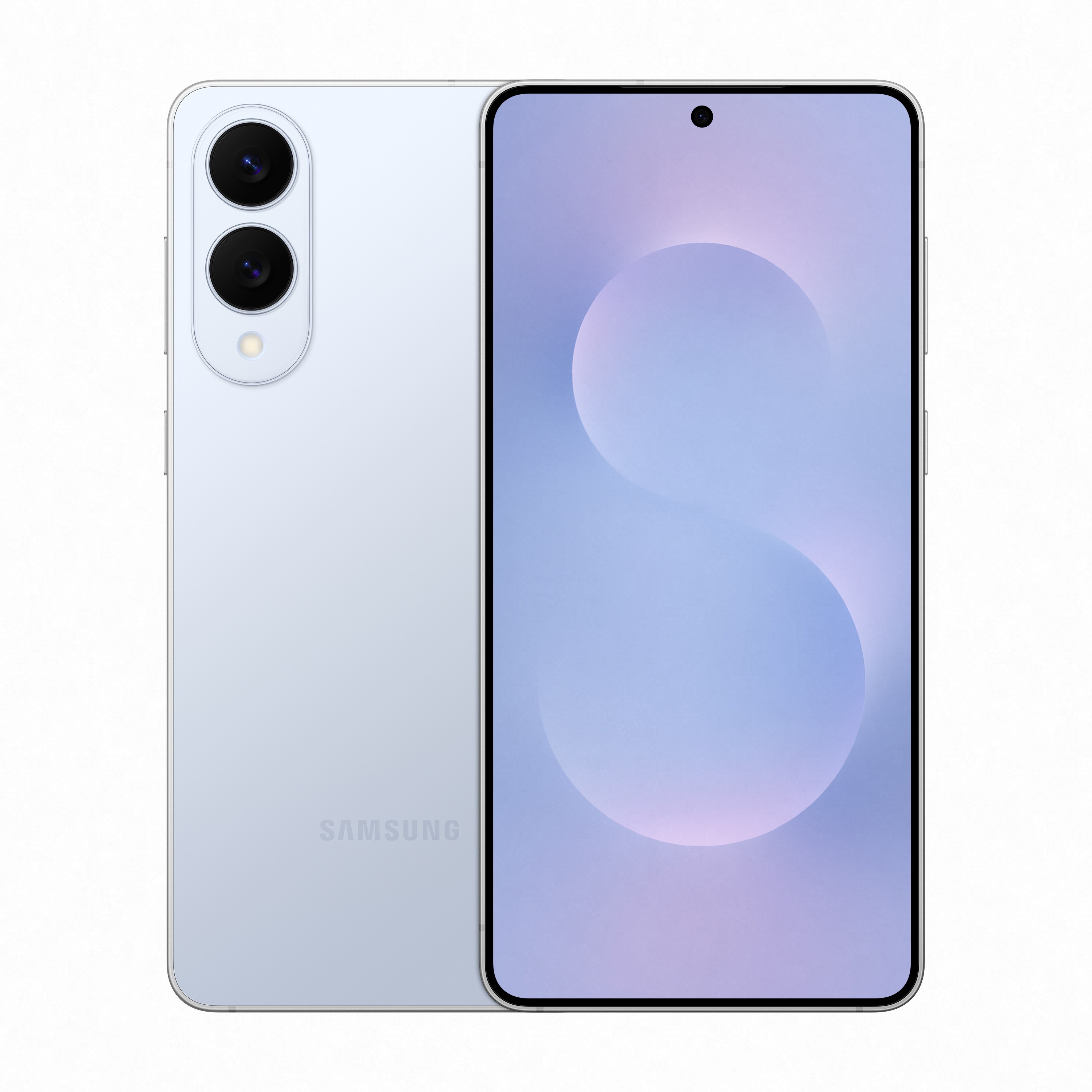
Slim beauty
The Samsung Galaxy S25 Edge sits just above the Galaxy S25 Plus in the lineup and has a few things in common like the display specs and processor. It’s a lot slimmer and lighter though, and features a more potent main camera. You’re paying a premium here for the design but you also lose out on a few essentials like faster charging, a large battery, and limited rear cameras.
Pros
- Insanely slim and light
- Same flagship SoC as the S25 Plus
- IP68 rating
- Seven years of software updates
- Sharp and bright display
- 200MP main camera
Cons
- Costs $100 more than the Plus
- Smallest battery in the series
- No telephoto camera
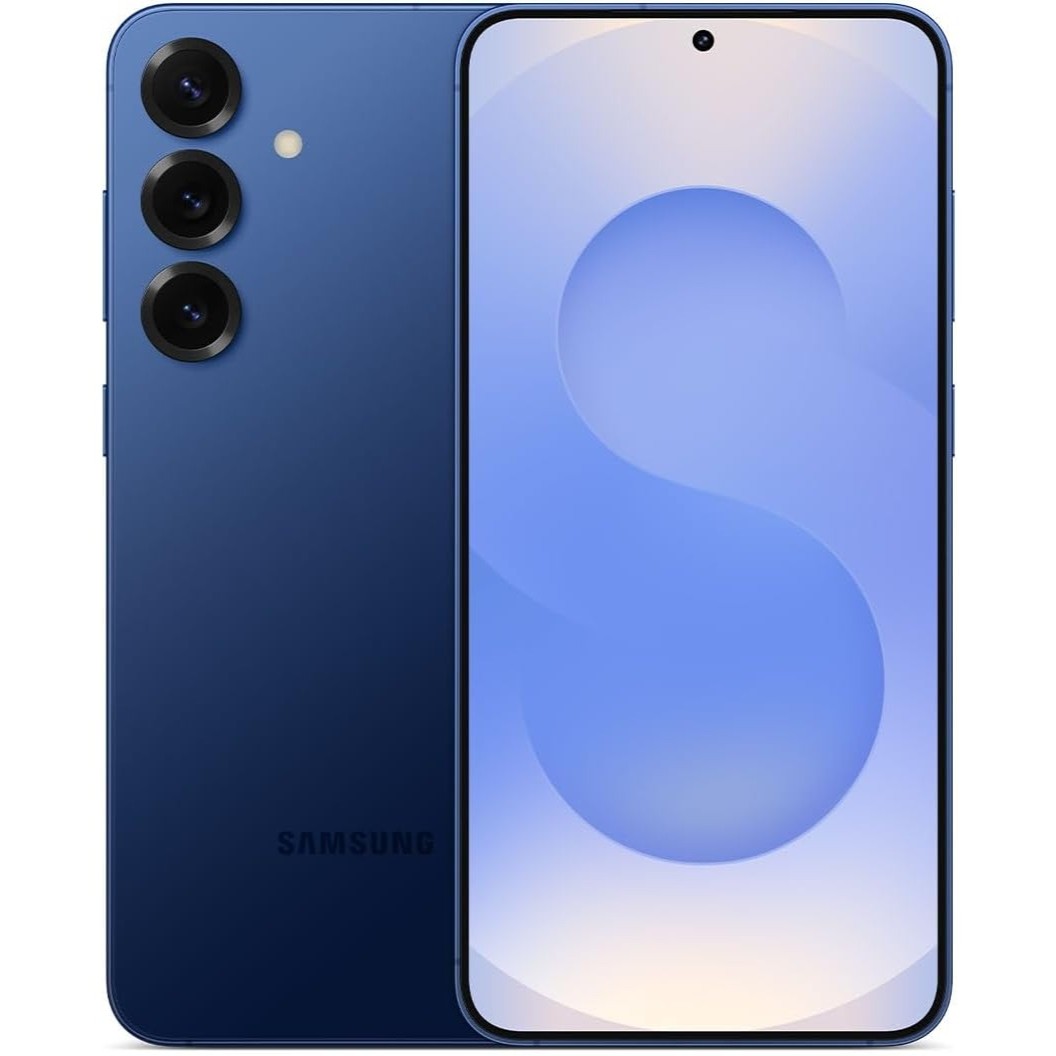
A no-nonsence battery champ
The Samsung Galaxy S25 Plus is cheaper than the Edge by $100 and features the same SoC and display tech. It does some things better by offering a telephoto camera, a larger battery with faster charging, and it comes in more colors.
Pros
- Snapdragon chip is powerful and efficient
- One UI 7 is a welcome update
- All-day battery with Qi2 support
- Decent cameras with Log video for creators
- AI features are cool and work well
- Cheaper than the S25 Edge
Cons
- Not much in the way of hardware upgrades
- No built-in MagSafe charging
- Most colors are dull
The Samsung Galaxy S25 Edge vs. Galaxy S25 Plus is going to be a hot topic of discussion since both are priced roughly the same, and both offer unique selling points and trade-offs. The S25 Edge puts design over everything else making it the slimmest and lightest flagship from Samsung yet. Certain cuts to the cameras and battery have had to be made to achieve this, but if all you care about is having the lightest phone, it doesn’t get much better than this.
The Galaxy S25 Plus looks fat and heavy in comparison but in its own right, it’s still slimmer and lighter than most other flagships. It’s also a bit cheaper and packs a few more features than the Edge. If you’re stuck deciding between which best Samsung phone to choose, here’s a breakdown of all the main differences and similarities, so you can make the right choice.
Samsung Galaxy S25 Edge vs. Galaxy S25 Plus: Design and display
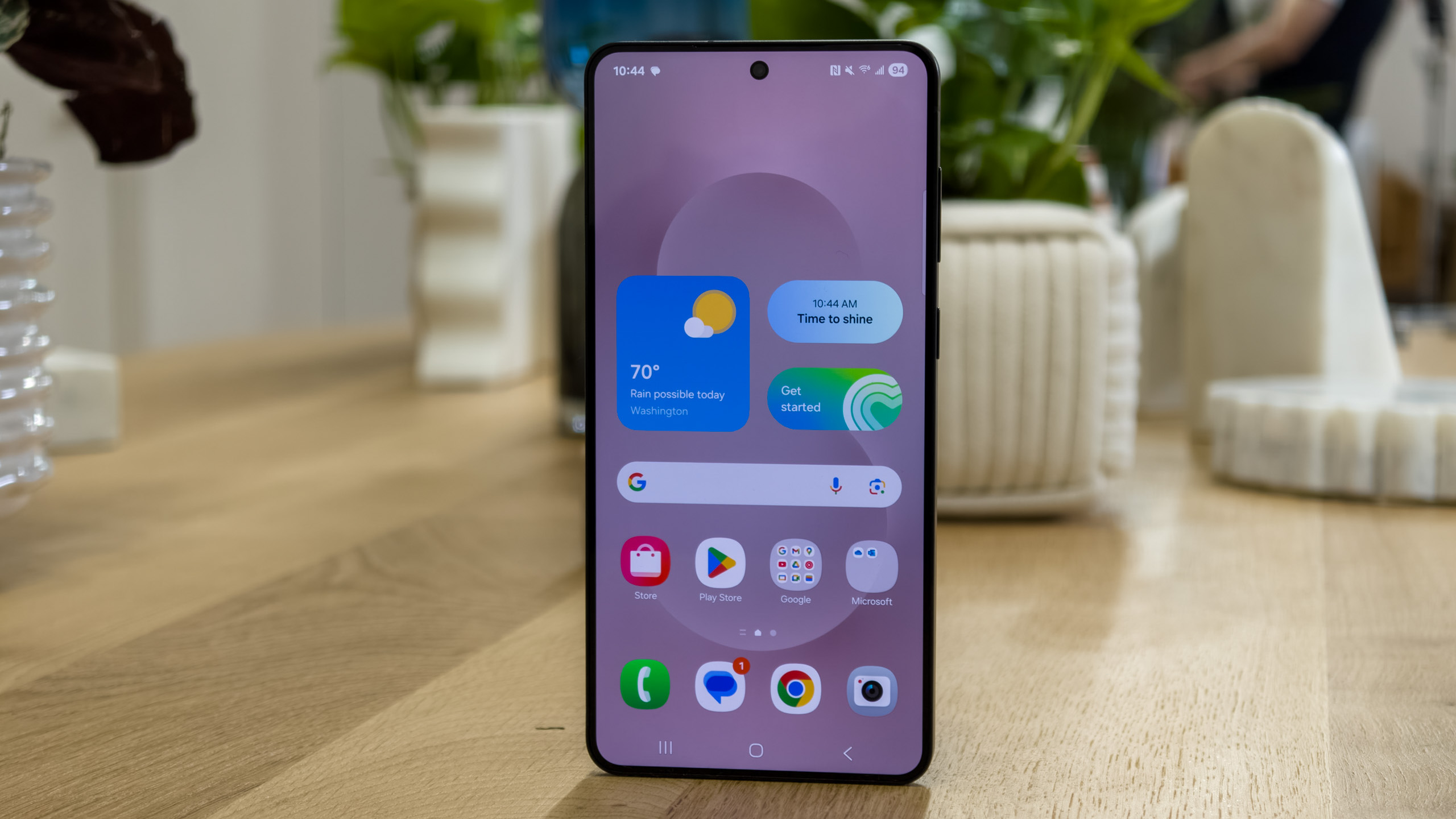
From the front, both phones look pretty similar since they have the same display size of 6.7 inches. If you look closer though, the Galaxy S25 Plus has a slightly softer curve for the four corners, compared to the sharper corners of the Galaxy S25 Edge. Both phones use Samsung’s Armor Aluminum frame and scratch-resistant glass for the front and back. The S25 Edge gets the latest Gorilla Glass Ceramic 2 for the display and Victus 2 on the back, whereas the S25 Plus uses Victus 2 on both sides.
The layout of the rear cameras is also different as the Galaxy S25 Plus has individual cutouts for the three lenses, while the S25 Edge gets a little island with two lenses similar to the 2025 Galaxy A series phones. Both phones are IP68 rated for dust and water resistance.
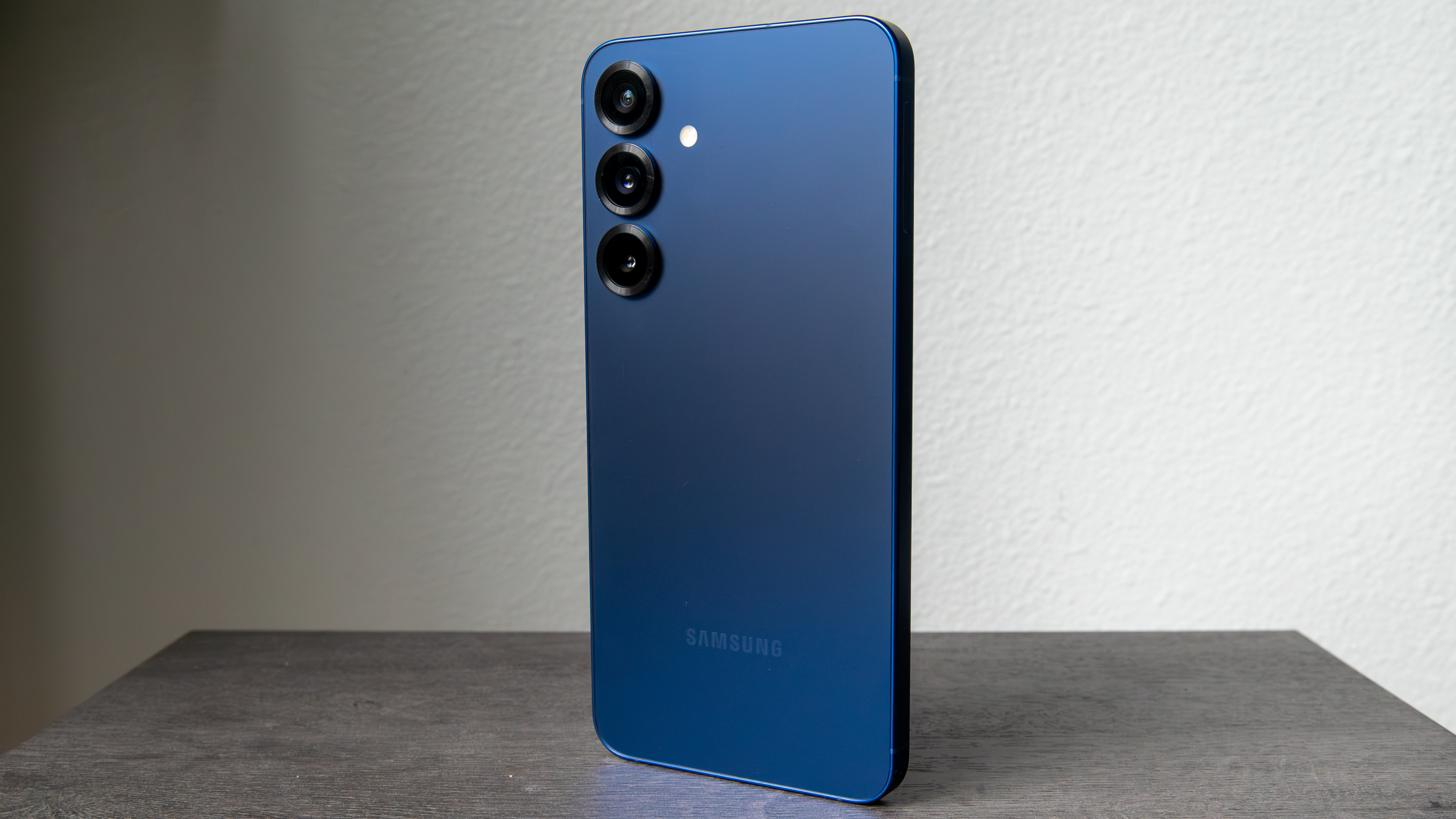
The Samsung Galaxy S25 Edge and Galaxy S25 Plus have virtually identical display specs. The 6.7-inch screens have a Dynamic AMOLED 2X panel with a QHD+ resolution and adaptive refresh rate (1Hz-120Hz). Both have the same peak brightness of up to 2,600 nits and support HDR playback.
We’ve not got a chance to test the S25 Edge yet, but the S25 Plus’ display performed really well in all lighting conditions. It managed to produce excellent colors, had great sunlight legibility, and everything looked crisp and sharp thanks to the high resolution and dense pixel count.
Samsung Galaxy S25 Edge vs. Galaxy S25 Plus: Hardware and specs
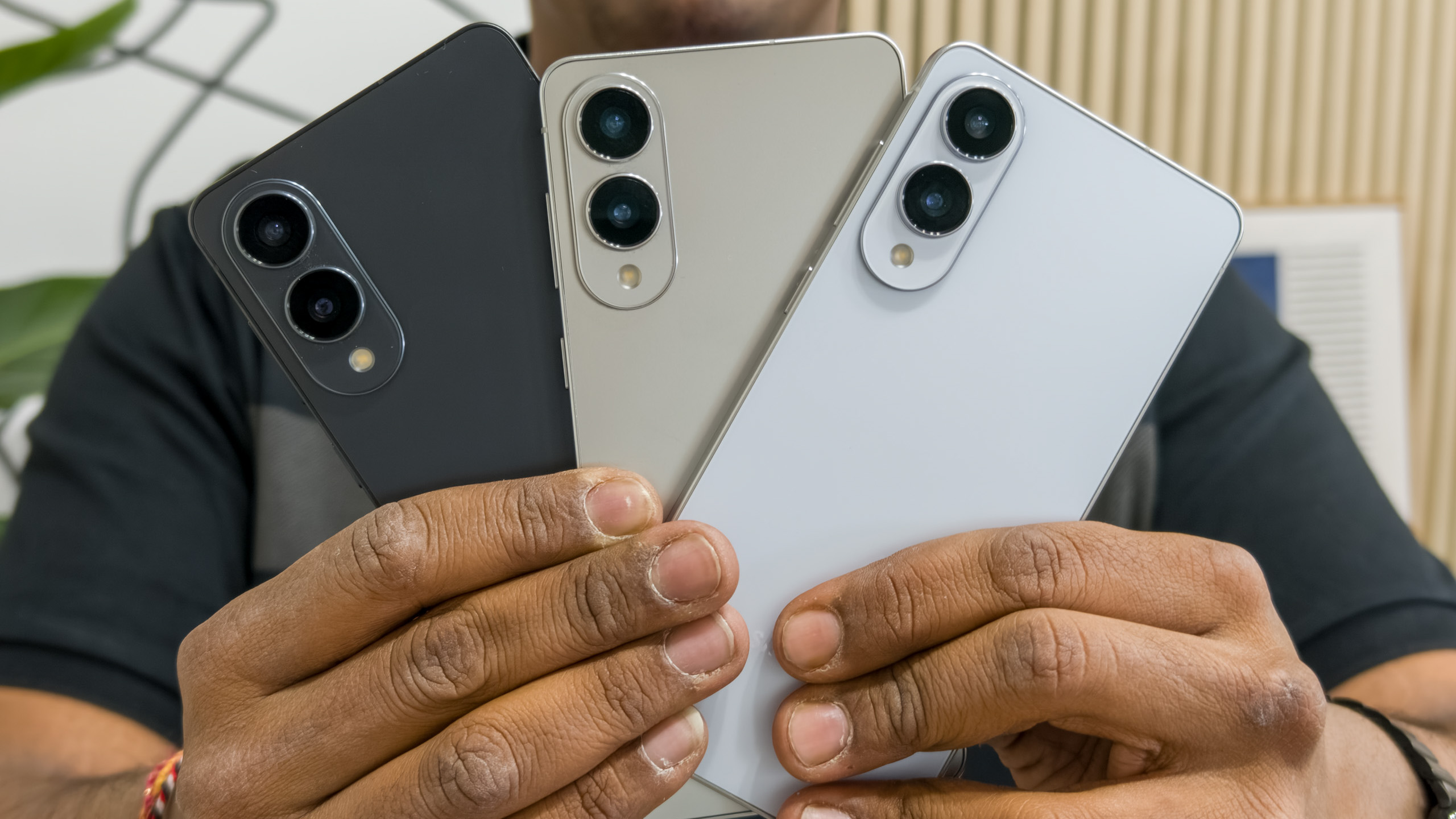
The Galaxy S25 Edge starts at $1,099.99 for 256GB of storage, but Samsung is offering the 512GB variant for the same price as part of its launch offers. Typically, the 512GB variant costs $1,219.99. The Galaxy S25 Plus starts at $999.99 for the same base storage as the Edge, while the 512GB variant costs $1,119.99. The latter is typically available closer to $1,000 on Amazon, even without sales.
What’s common between the two is the SoC. Both phones are powered by the Qualcomm Snapdragon 8 Elite for Galaxy, so performance should be more or less identical. We’re yet to test the S25 Edge so we’re not sure if Samsung has throttled the performance a bit in order to keep the chip running cool when stressed. That’s something we will be keeping an eye on when we review it.
|
Category |
Samsung Galaxy S25 Edge |
Samsung Galaxy S25 Plus |
|---|---|---|
|
OS |
One UI 7 (up to seven OS upgrades) |
One UI 7 (up to seven OS upgrades) |
|
Display |
6.7-inch QHD+ Dynamic AMOLED 2X, 120Hz LTPO, up to 2,600 nits peak brightness |
6.7-inch QHD+ Dynamic AMOLED 2X, 120Hz LTPO, up to 2,600 nits peak brightness |
|
Processor |
Snapdragon 8 Elite for Galaxy |
Snapdragon 8 Elite for Galaxy |
|
RAM |
12GB |
12GB |
|
Storage |
256GB, 512GB |
256GB, 512GB |
|
Cameras |
200MP main + 12MP ultrawide; 12MP selfie |
50MP main + 12MP ultrawide + 10 telephoto (3x); 12MP selfie |
|
Speakers |
Stereo speakers |
Stereo speakers |
|
Protection |
IP68 |
IP68 |
|
Battery |
3,900mAh |
4,900mAh |
|
Charging |
25W |
45W |
|
Connectivity |
Wi-Fi 7, Bluetooth 5.4, NFC, 5G, USB-C (3.2) |
Wi-Fi 7, Bluetooth 5.4, NFC, 5G, USB-C (3.2) |
|
Size |
158.2 x 75.6 x 5.8 mm |
158.4 x 75.8 x 7.3 mm |
|
Weight |
163g |
190g |
|
Colors |
Titanium Icyblue, Titanium Silver, Titanium Jetblack |
Icy Blue, Mint, Navy, Silver Shadow, (Samsung.com exclusive: Pink Gold, Coral Red, Blue Black) |
The Galaxy S25 Plus has a better selection of rear cameras compared to the S25 Edge. The third camera is a 10MP telephoto with 3x optical zoom, which should capture sharper photos than the Edge’s digital zoom. Samsung has equipped the Edge with the 200MP main camera from the S25 Ultra, and this allows it to do 2x in-sensor zoom with seemingly no loss in image quality. The S25 Plus has a 50MP main camera which is still quite capable, even though it lacks in resolution. Both phones are capable of 8K video recording and shooting in HDR.
Battery life is another area where the S25 Plus has the clear upper hand thanks to the massive 4,900mAh capacity. It also supports 45W charging but the charger needs to be bought separately. The Galaxy S25 Edge has a 3,900mAh battery which is much smaller than the S25 Plus, and there’s only 25W charging. Both phones have wireless charging rated at 15W.
Samsung Galaxy S25 Edge vs. Galaxy S25 Plus: Software
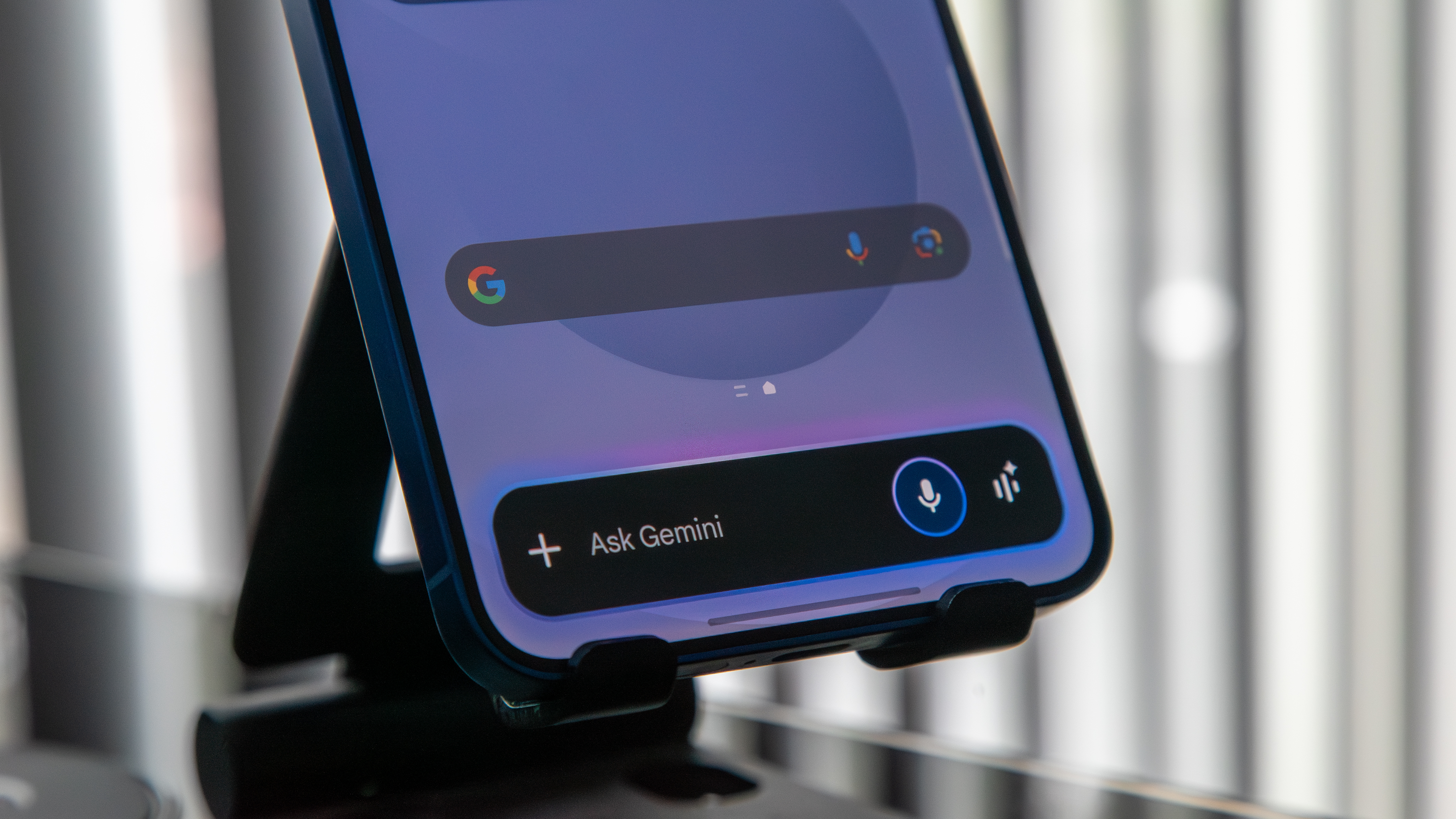
The Galaxy S25 Edge and Galaxy S25 Plus should have pretty much the same software features. Both phones run One UI 7 which is based on Android 15, and should be getting all future updates roughly around the same time. The S25 Plus and Edge will be getting seven years of OS upgrades and security patches. One UI 7 has a bunch of customization and useful AI features to play with. Both phones also support Gemini Live and many Galaxy AI features like Writing Assist, Photo Assist, and Note Assist.
Samsung Galaxy S25 Edge vs. Galaxy S25 Plus: Which phone should you buy?
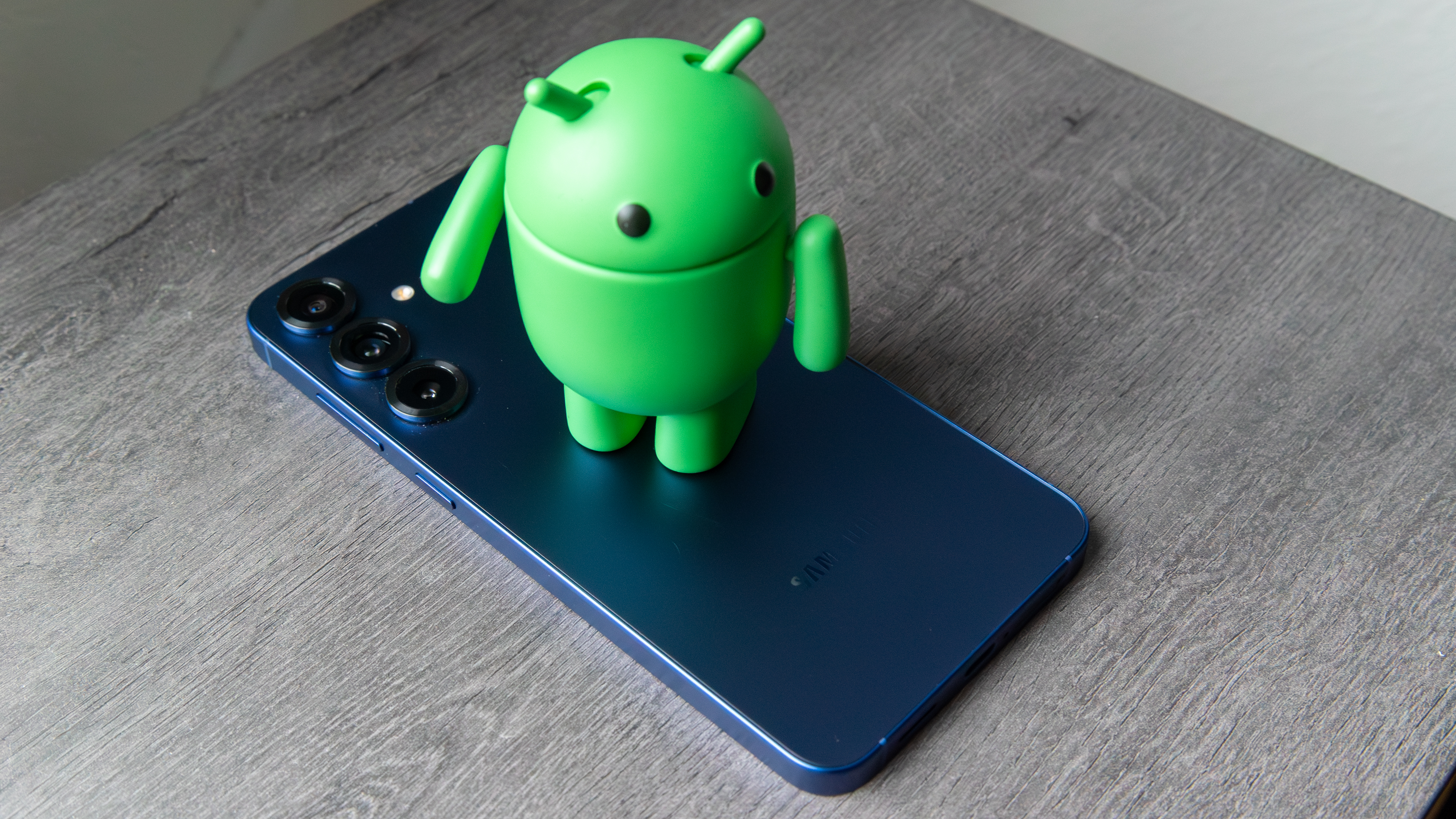
With both phones costing more or less the same, depending on which storage variant you pick, the Galaxy S25 Plus is the one I’d recommend to most buyers. It’s simply the better phone thanks to the much larger battery and more versatile rear cameras. Compared to other flagship phones, it’s actually on the slimmer and lighter side.
I don’t see many people opting for the Galaxy S25 Edge over the S25 Plus, unless you must have the slimmest possible flagship. Samsung ideally should have done more in terms of design to make the Edge feel special, after all, it is a highly specialized phone. I’m still not sure what purpose it serves, other than maybe being a pre-emptive move against Apple’s rumored iPhone 17 Air.
To reiterate, get the Galaxy S25 Plus over the S25 Edge. You’ll thank me later.

The one to get
The Galaxy S25 Plus is the better phone compared to the S25 Edge. Period. Unless you want the slimmest Android flagship at this price, the Plus offers better battery life and a useful third rear camera.
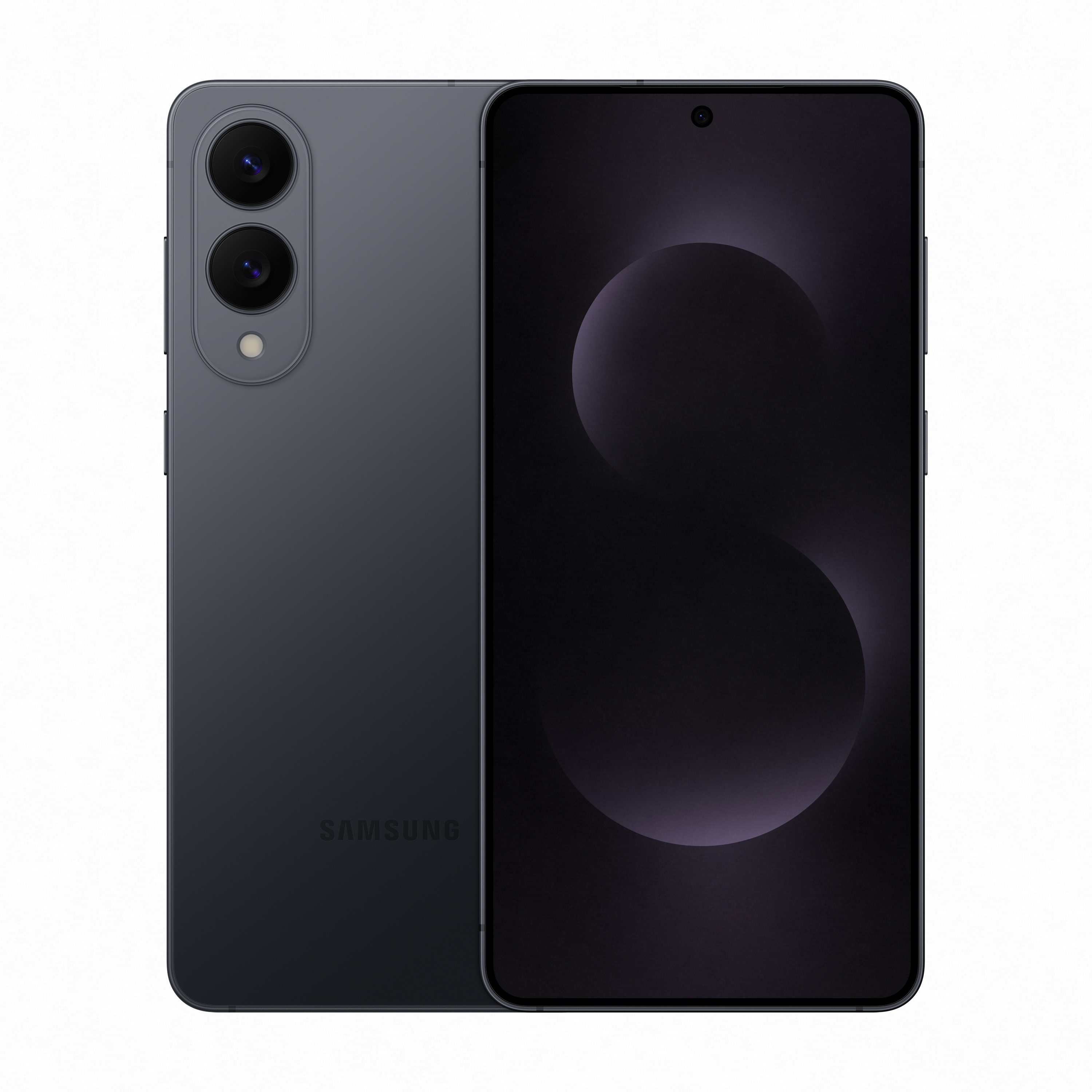
Questionable value
The Galaxy S25 Edge trumps the S25 Plus in weight and slimness, but not much else. If you’ll be using a case on the Edge anyway, might as well get the Plus and live a happier life.














Post Comment